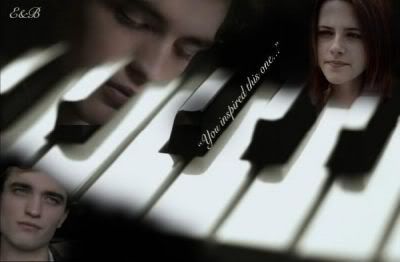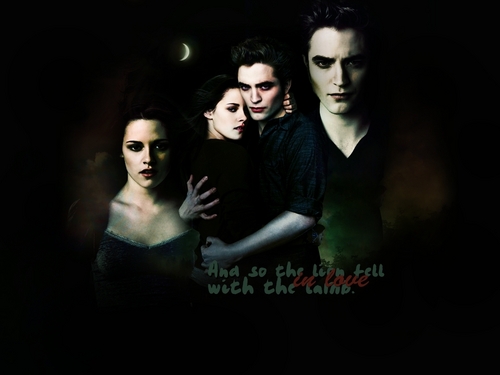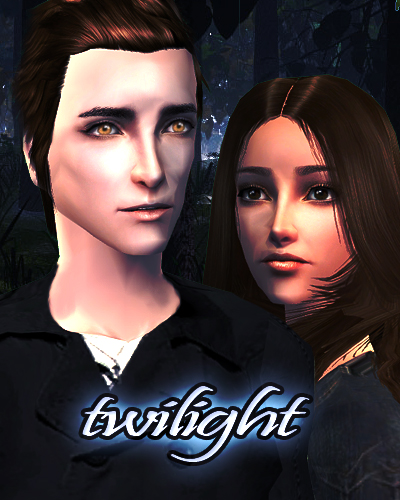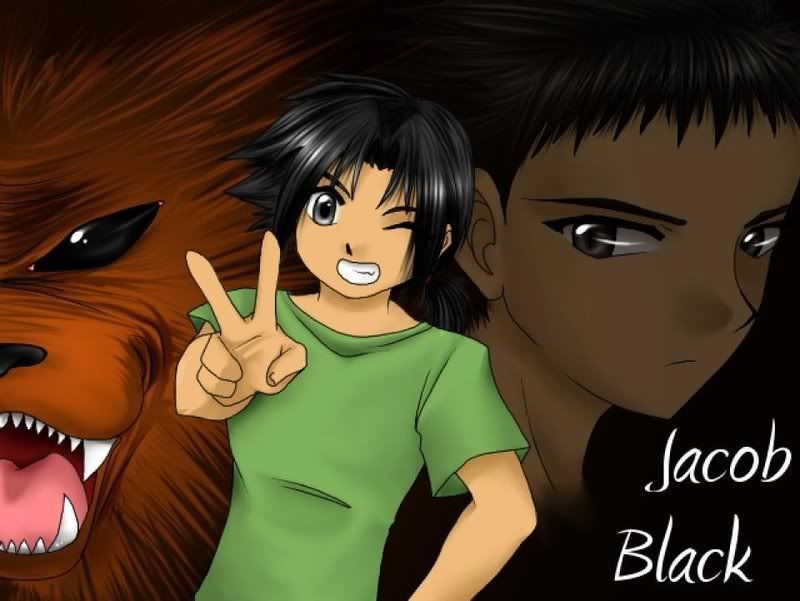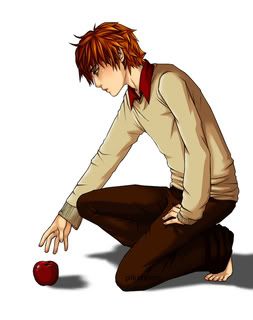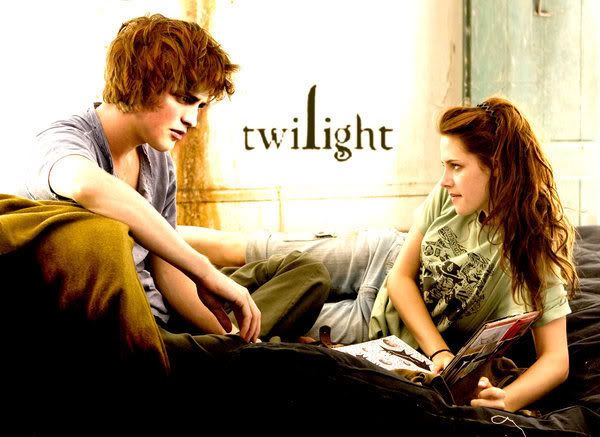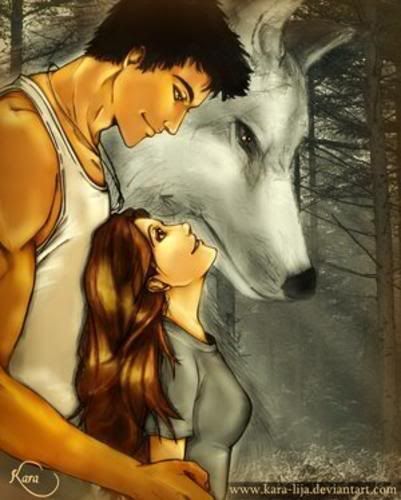
By Laura YaoThe Washington Post
MEYERExcited fans anticipating last Friday’s midnight release of Stephenie Meyer’s Breaking Dawn participated in lively debates about the book’s themes at Borders in New York City.
PR NEWSWIRE
-->
This is all sounding a little too familiar. Here’s how the story goes:
A mother with no writing experience is struck by inspiration. She sits down one morning and starts to jot down a story. She creates characters and sketches out a whole world for them, full of magic and danger and dramatic rescues. Her characters are almost ordinary, which is their charm, except for the fact that they are (fill in the blank: wizards or vampires). She sends the story to a publisher, not expecting much in the way of a reply, but soon finds herself writing a successful multi-book series and earning millions of dollars.
Yes, the creation of Stephenie Meyer’s Twilight Saga series, and its subsequent arc toward fame, recall J.K. Rowling’s Harry Potter success story to no small extent. Last Friday night, Breaking Dawn, the fourth and final book in Meyer’s series, was released at midnight, with a first printing of 3.2 million copies. There are already nearly 10 million of her books in print. There are hundreds of fan sites dotting the Internet. At Borders bookstores across the country, release parties for Breaking Dawn produced the same costumed fans, trivia contests and debates that a year ago heralded the release of the last Harry Potter book. The Twilight movie hits theaters in December. And Meyer’s books are also thick as doorstops.
If you haven’t heard yet, Twilight and its sequels are vampire romance novels for teenagers. But the series is only nominally about suave, bloodsucking representatives of the undead. After all, Meyer is a devout Mormon from Phoenix, and her books are squeaky clean.
Meyer’s vampires don’t hail from Anne Rice’s world of darkness; the Cullen family of the Twilight series comprises seven vampires who exercise great self-control by not drinking human blood, because it’s immoral. They rely on the less nutritious, less delicious blood of animals; Edward has a predilection for mountain lions, while his brother Emmett prefers grizzly bears.
So in Meyer’s books, nobody sucks anybody’s neck, let alone gets stabbed through the heart with a wooden stake. And while they’re first and foremost romance novels, nobody has premarital sex.
Instead, in a departure from the more action-packed halls of Hogwarts, discussions of feelings and emotions and such fill Meyer’s tomes. The Twilight books are written from the perspective of Bella Swan, a high-schooler who is in love with classmate Edward Cullen, a 107-year-old vampire; Meyer lingers for pages at a time on their exchanged looks, passionate declarations and innocent touches. They can’t be together that way because he might kill her by accident, but she loves him unequivocally, even though he’s a monster, and he loves her back, even though she’s klutzy. The adolescent yearning is palpable.
This could explain why the Twilight readership is predominantly female.
“It’s much more of a girl’s book — it appeals to a female readership in the same way Jane Austen does,” says Amy Clarke, who teaches an undergraduate Harry Potter course at the University of California at Davis. “I’m not putting it in the same class of literature, but it has a lot of similarities.”
Clarke says her two teenage sons, both of whom read the Harry Potter series several times, refuse to read the Twilight books. “They gag when we go by the movie poster,” she says. (Megan Tingley, Meyer’s publisher and the senior vice president of Little, Brown Books for Young Readers, says she’s noticed more boys reading the books and showing up at Meyer’s events. “Girls are making their boyfriends read it,” she explains.)
Fans insist that the Twilight series defies classification, that they are not girl books or boy books, not vampire thrillers or romance stories. Elysa Montfort, a 21-year-old student at St. Mary’s College of Maryland who started the fan site Twilight Source, has read Rice’s novels and says Twilight is nothing like them.
Tingley says she wouldn’t have published the book had it really been a vampire romance. “I don’t publish genre fiction,” she says. But when she read the manuscript in 2003, “I had such a strong response to it that I knew other people who wouldn’t identify themselves as vampire or romance fans would feel the same way I did.”
The themes in the books, in Tingley’s view, are ageless. At its core, the story is about choice. The Cullens choose not to prey on humans; Bella must choose whether to become immortal. Though the Twilight series is marketed in the industry’s young-adult category (age 12 to 18), Meyer tackles issues of identity and relationships in a way that appeals to 50-year-olds and 10-year-olds alike.
But while moms approve of its message of abstinence and acceptance — the series makes the reading list of almost every mother-daughter book club out there — is the storyline as empowering as it seems?
The biggest question, which Breaking Dawn will finally put to rest, is whether Bella will become a vampire and marry Edward. “Do we really want our daughters reading books about a girl like Bella who is always needing to be saved, who is willing to give up her mortality for a boy?” Clarke says. Bella is initially fascinated by Edward because he, like all vampires, is beautiful, godlike in appearance. She needs constant assurance from him that he really does like her, that she is special.
Girl power it isn’t. But the series has become a worldwide phenomenon; the rights for Twilight, the first book, have been sold in 37 countries. The first printing for Twilight was 75,000 copies, small potatoes compared with Breaking Dawn’s first run. When Montfort tried to reserve an advance copy at Borders, she was told that she might not be able to get it at midnight because demand had been so high.
Fans will flock to bookstores for their coveted copies of Meyer’s lastest tome. They will stay up all night to read it. And they will discover, finally, whether it’s better to be beautiful, strong and immortal, or to be just plain ordinary
